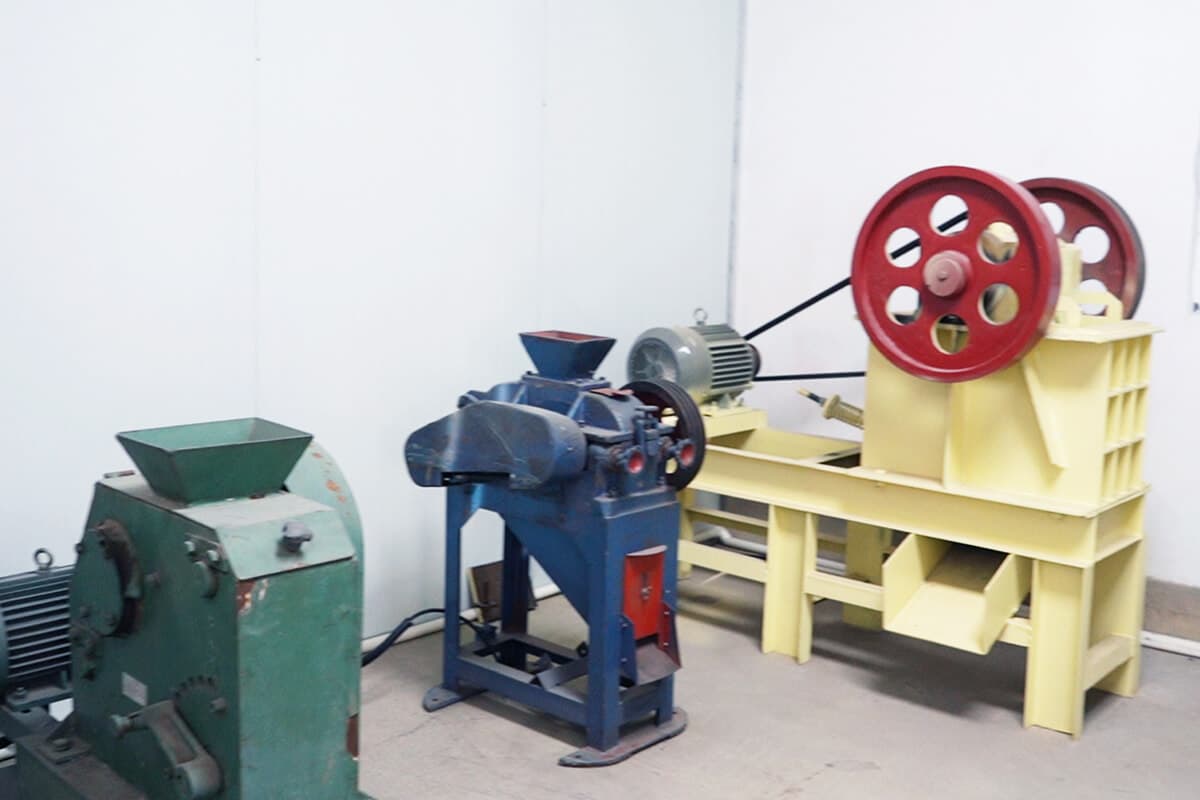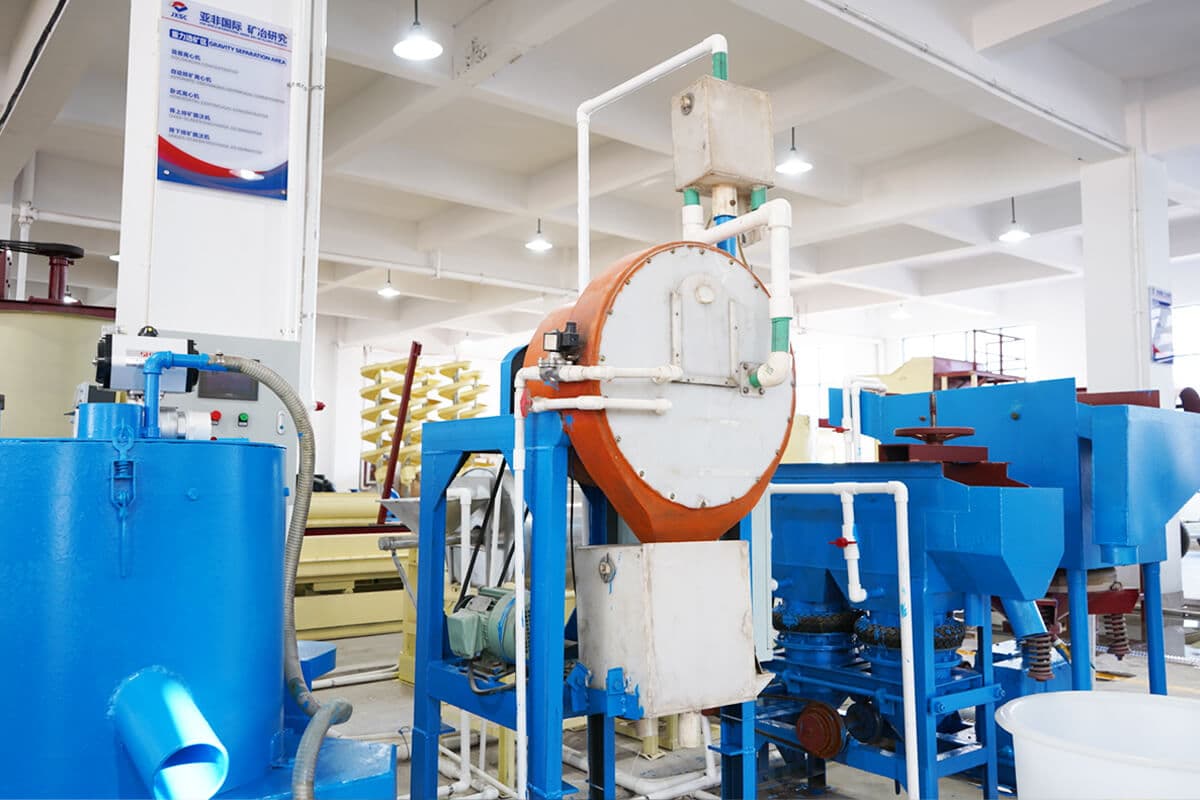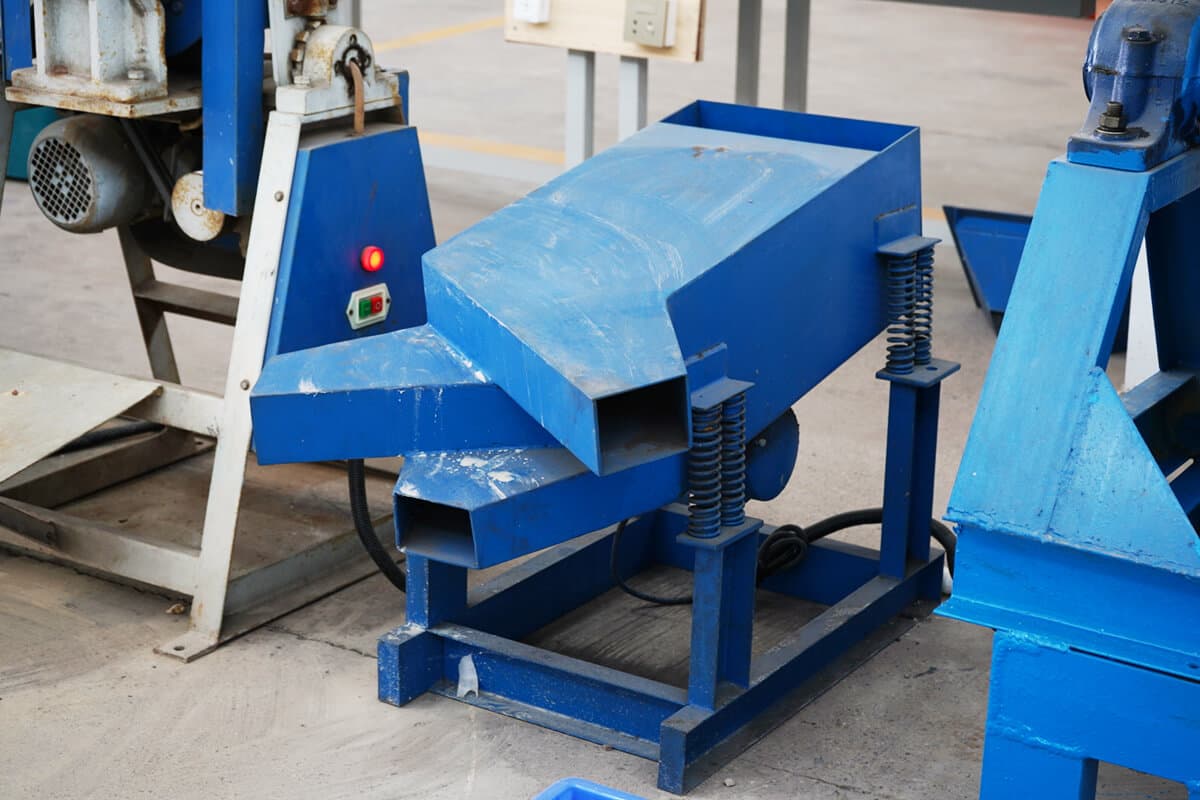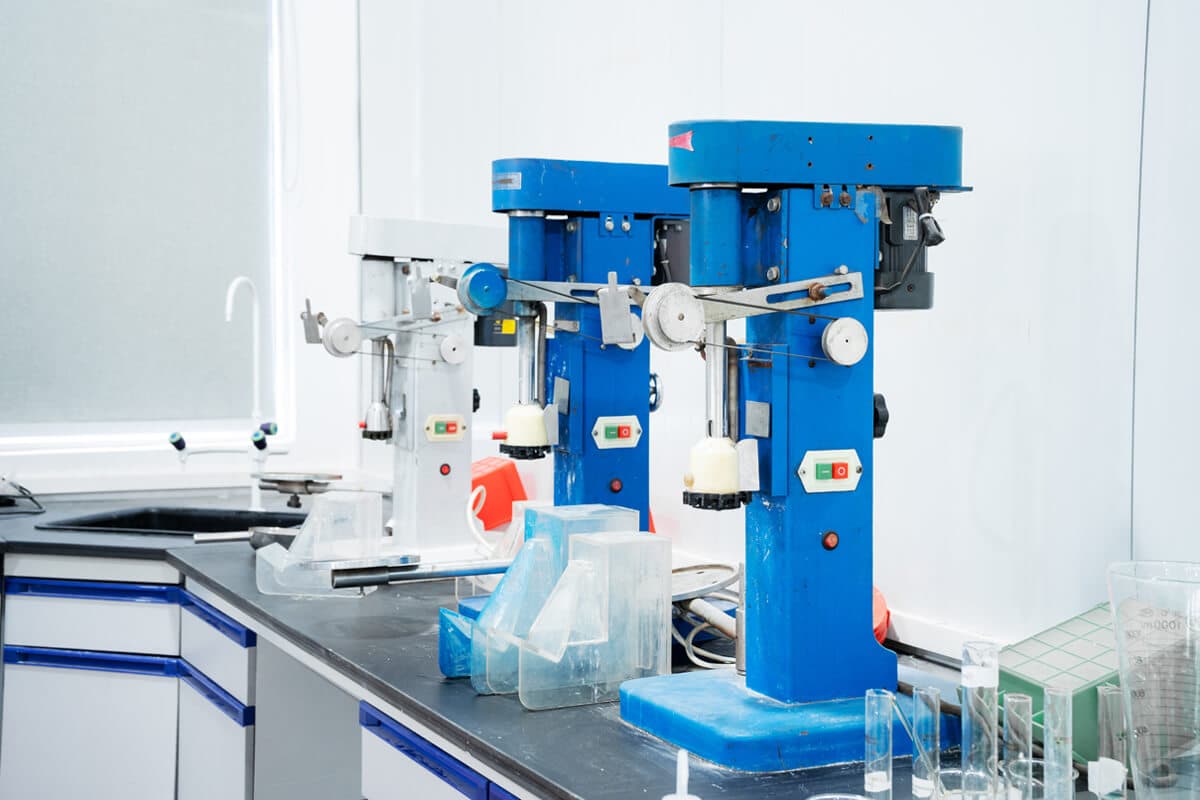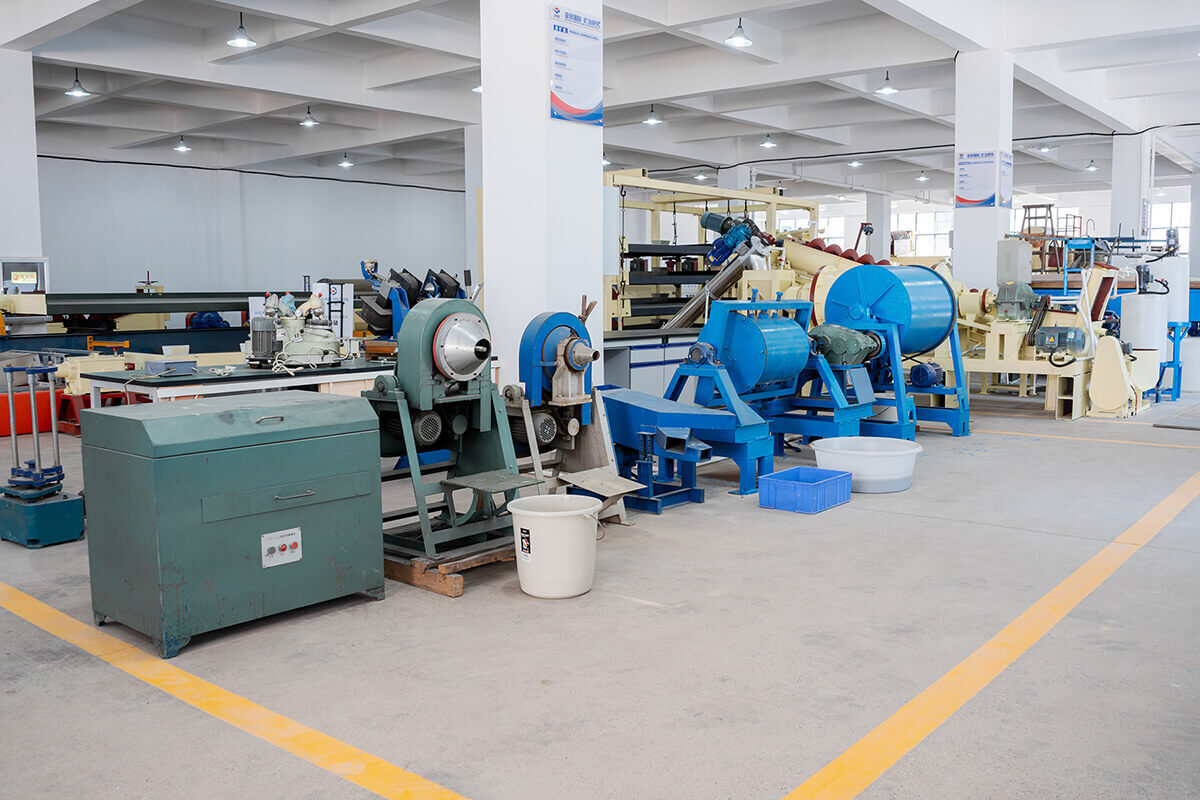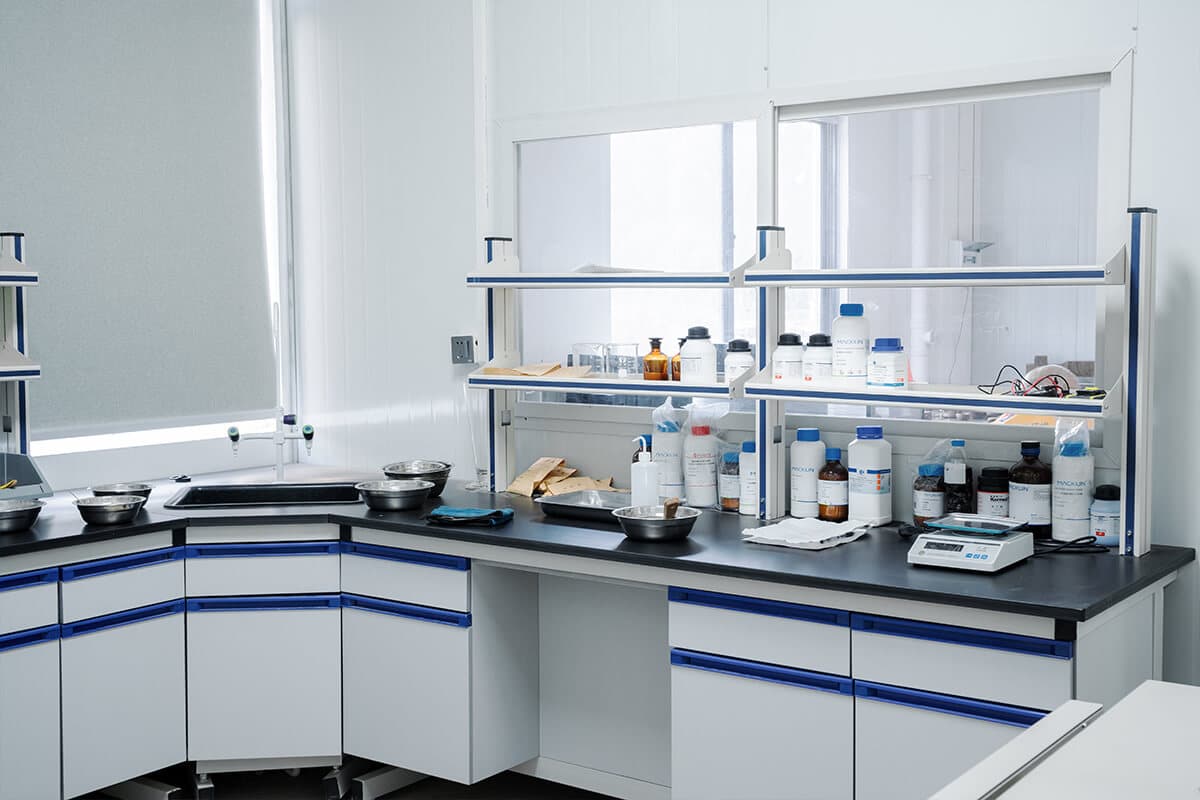Grinding Testing
We offer comprehensive laboratory mineral grinding testing service, able to evaluate different processing methods and help you determine the most effective grinding process. From mineral processing, pharmaceuticals and other industries involved in producing fine powders, grinding plays a vital role in achieving the desired particle size and distribution. According to the grinding test’s purpose and the ore’s nature, professional engineers will choose the appropriate grinding equipment for you. The test provides valuable insight into ore grindability and helps ensure the quality of the concentrator’s final product.
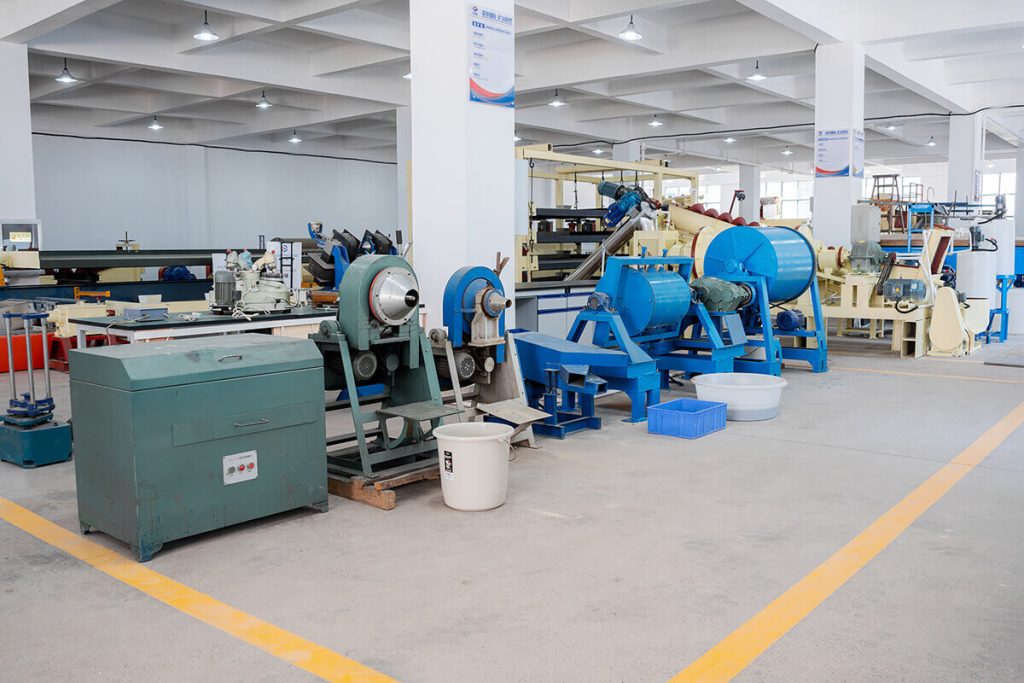
Lab Mineral Grinding Testing
Introduction
Lab mineral grinding tests involve experiments using small laboratory equipment to determine the effectiveness of a particular grinder in reducing particle size. It mainly involves crushing ore samples into small sizes, then analyzed under a microscope or other imaging equipment. The test provides valuable information on the physical properties of the ore sample, such as particle size distribution and abrasiveness. These are critical to designing an efficient grinding circuit for mineral processing plant.
Work Principle
Laboratory grinding tests involve crushing and grinding large rocks into smaller particles to release valuable minerals from the host rock. Ore samples are sometimes crushed and fed into different types of grinding equipment. If wet grinding, add water and set a predetermined number of revolutions, depending on the desired particle size. The purpose is to decompose the material into smaller sizes using different mechanical forces.
Main Testing Steps
Step 1: Sample Preparation
The representative ore sample with uniform composition and size distribution is first selected, which can be divided into small sections.
Step 2: Analysis Characteristics
Analyze the material’s physical properties, such as particle size distribution, hardness, moisture content, etc. It helps to choose a suitable grinding machine.
Step 3: Equipment Selection
Select the appropriate grinding media and machine according to the characteristics of the material and the particle size of the required finished product. It mainly includes cylinder, cone ball mills, rod mills, etc., which can be used for wet or dry grinding.
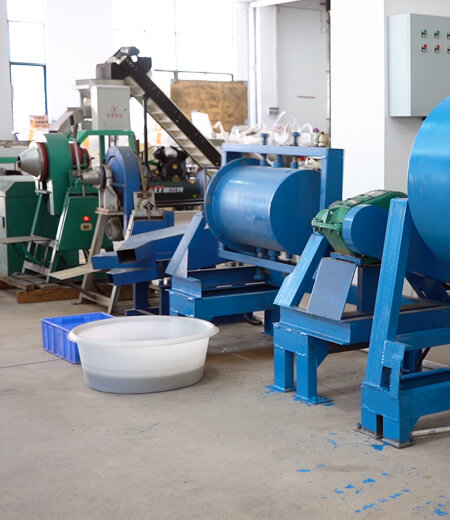
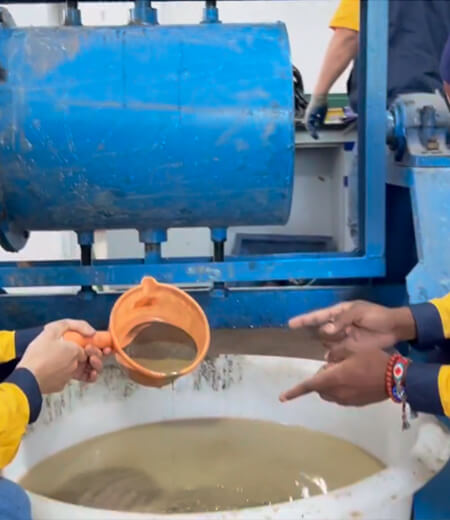
Step 4: Testing
Put the prepared samples into the equipment, and we can also use different equipment for testing and comparison to observe the best-finished product.
Step 5: Optimizating
Grind samples are taken periodically to evaluate particle size distribution, grind performance, product fineness, etc. We can also perform test comparisons using different operating parameters to optimize the process.
Step 6: Reporting
Professional analysts summarize the results of laboratory grinding tests, recording details of test conditions, results, observations, etc.
Equipment For Grinding
Commonly used equipment in lab mineral grinding testing
- Small Rock Crusher
- Drum Ball Mill
- Cone Ball Mill
- Ceramic Ball Mill
- Lab Rod Mill
- Ring And Puck Mill

